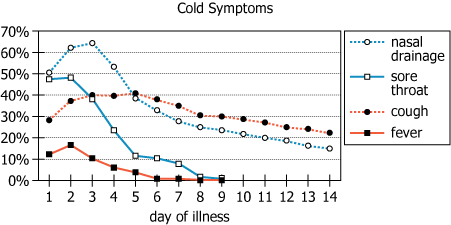Events & Promotions
|
|

GMAT Club Daily Prep
Thank you for using the timer - this advanced tool can estimate your performance and suggest more practice questions. We have subscribed you to Daily Prep Questions via email.
Customized
for You
Track
Your Progress
Practice
Pays
Not interested in getting valuable practice questions and articles delivered to your email? No problem, unsubscribe here.
- Nov 20
07:30 AM PST
-08:30 AM PST
Learn what truly sets the UC Riverside MBA apart and how it helps in your professional growth - Nov 22
11:00 AM IST
-01:00 PM IST
Do RC/MSR passages scare you? e-GMAT is conducting a masterclass to help you learn – Learn effective reading strategies Tackle difficult RC & MSR with confidence Excel in timed test environment - Nov 23
11:00 AM IST
-01:00 PM IST
Attend this free GMAT Algebra Webinar and learn how to master the most challenging Inequalities and Absolute Value problems with ease. - Nov 25
10:00 AM EST
-11:00 AM EST
Prefer video-based learning? The Target Test Prep OnDemand course is a one-of-a-kind video masterclass featuring 400 hours of lecture-style teaching by Scott Woodbury-Stewart, founder of Target Test Prep and one of the most accomplished GMAT instructors.
Kudos
Bookmarks
Dropdown 1: Two or fewer
Dropdown 2: 10
Be sure to select an answer first to save it in the Error Log before revealing the correct answer (OA)!
Difficulty:
 95%
(hard)
95%
(hard)
Question Stats:
33% (02:20) correct 67%
(02:45)
wrong
67%
(02:45)
wrong  based on 3080
sessions
based on 3080
sessions
History
Date
Time
Result
Not Attempted Yet

For each of four symptoms, the graph shows the percentage chances that someone will have that symptom on each day of the 2 weeks after first developing a cold. The lines for certain symptoms do not continue past a certain day because the chance that someone will have those symptoms beyond that day is less than 1%.
Select the options from the drop-down menus that create the statement that is most strongly supported by the information provided.
It can be determined from the graph that the probability is greater than 0.98 that someone with a cold will have of the four symptoms on day .
ID: 700216
ShowHide Answer
Official Answer
Dropdown 1: Two or fewer
Dropdown 2: 10
Kudos
Bookmarks
Quote:
Total probability = P(no symp) + P (exactly 1) + P (exactly 2) + P(exactly 3) + P (exactly 4)
We need to find probability that is greater than 0.98 , meaning almost 1. This implies that almost covers all the cases.
Acc. to options, we have Day 2 , Day 6 , Day 10
For Day 2 and Day 6,
Total probability = P(no symp) + P (exactly 1) + P (exactly 2) + P(exactly 3) + P (exactly 4)
Options given: one or fewer, one or more, two or fewer, exactly two
None of the options cover all the cases.
For Day 10,
Total probability = P(no symp) + P (exactly 1) + P (exactly 2)
In this case, two or fewer cover all the cases.
answer: two or fewer, Day 10
Kudos
Bookmarks
Quote:
We need higher than 98% probability of something. That is as good as certainty, including certainty.
What am I almost certain about? Am I certain that on Day 2, a person will have at least 1 symptom? No. On Day 2, there is 62% probability of nasal drainage, 49% of sore throat, 38% of cough and 16% of fever. What if all other probabilities lie within the circle of nasal drainage? That is the same 62% people see other symptoms also? Then the probability of a person showing at least one symptom will be 62% only.
But what I am certain about is that at Day 10, a person can show at most 2 symptoms. For the other 2 symptoms, the probability is less than 1%. Even if I assume it to be almost 1% and different set of people show the third and fourth symptoms, still there is a more than 98% probability that a person shows 2 or fewer symptoms on Day 10.
ANSWER: two or fewer symptoms on Day 10











